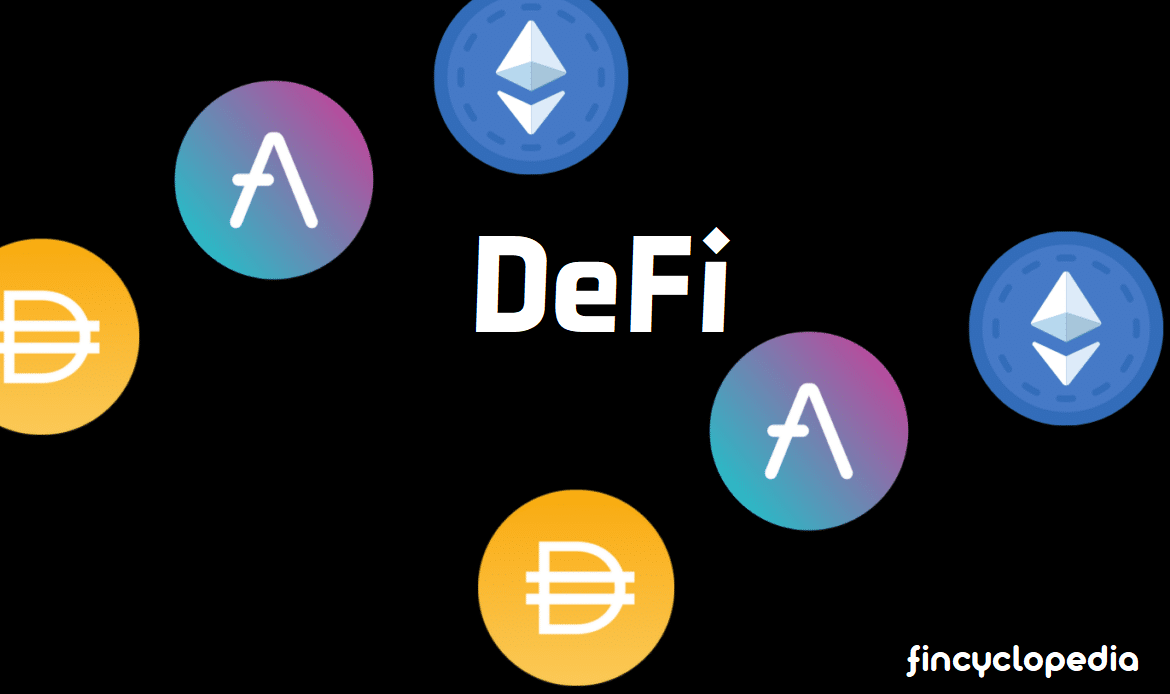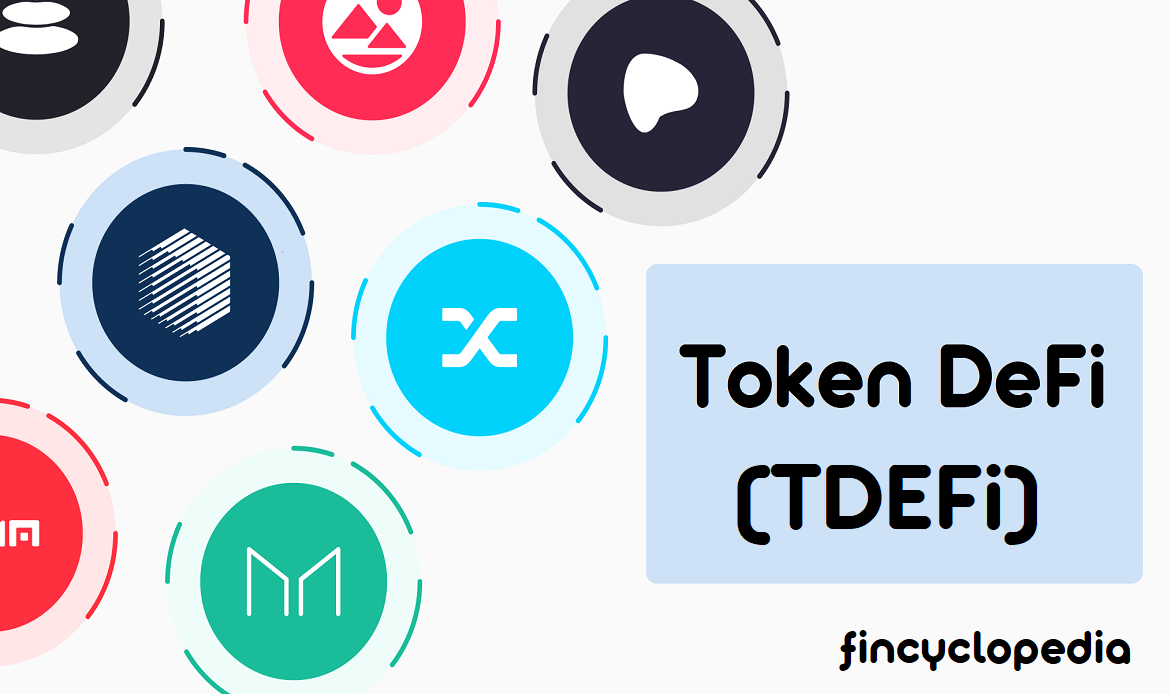
Concept
It stands for decentralized finance coin; a digital coin that represents a fiat coin. It is a digital version of the fiat coin, as it transfers value between parties involved in online transactions (usually financial). DeFi coins are issued and circulated on their native blockchain networks. In addition to its role in transferring value, DeFi coins (in this specific context, DeFi tokens) are also used to carry information such as passwords and other credentials to provide access to a resource. Broadly speaking, value-carrying tokens (or coins) may take the form of asset tokens that represent physical assets such as real estate, and of course there are non-fungible tokens (NFTs) that represent unique “items” such as digital art. Though both are often referred to interchangeably, DeFi coins differ from DeFi tokens in the sense that tokens can be both native and non-native (native tokens or non-native tokens), where issuance and trading can take place both on a token’s own network or other networks (see: difference between DeFi coins and DeFi tokens).
Modus operandi
A DeFi coin is issued and traded on its platform utilizing the facilities provided by decentralized finance (DeFi). This type of financial protocol is a blockchain-based and -operated financial system where users and other market players can conduct transactions (trades, transfers, exchanges, etc.), in a direct way, and without intermediaries, involving tools such as smart contracts. Decentralized finance (DeFi) is a broad term for the universal system of blockchains and all applications that operate there in order to allow users to transact directly with each other using cryptocurrencies such as Bitcoin and other certain types of digital tokens.
Although Bitcoin is technically a DeFi coin, allowing movement from CeFi (centralized finance) to DeFi (by means of a decentralized peer-to-peer payments network), it is not interoperable with DeFi. In fact, Bitcoin is not compatible with Ethereum, and hence it is not used on decentralized exchanges, liquidity aggregators, yield farming techniques, and lending protocols. Compatibility, however, can be established using a technique called wrapping. A Wrapped Bitcoin (WBTC) can be used outside Bitcoin’s network. It represents a Bitcoin backed 1:1 ERC20 token (on Ethereum platforms). It can also be used in the DeFi marketplace for several other purposes such as trading, staking, and exchanging. With the power of wrapping, Bitcoin holders and investors can have access to potentiality of DeFi.





